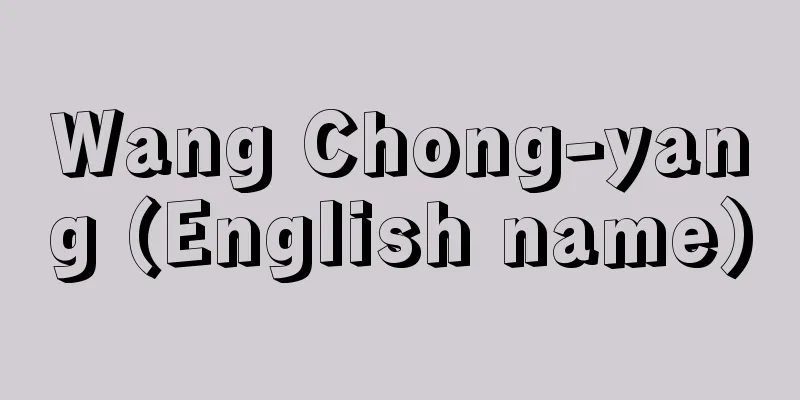Hikone Castle

|
Hirayama Castle was located in Hikone City, Shiga Prefecture. It was built around Mt. Hikone (Mt. Kinki, 136m above sea level), a small, isolated hill on the shores of Lake Biwa. During the Edo period, it was the headquarters of the Hikone Domain and the residence of 14 generations of the Ii clan, a feudal lord who was a vassal of the feudal lords of Japan. The castle is a special national historic site, and the castle tower, attached turret, and Tamon turret are designated national treasures. Genkyu-en and Rakuraku-en (feudal lord gardens) to the north of the castle are nationally designated scenic spots. Of the castle towers built from the Azuchi-Momoyama period to the Edo period, 12 still remain, and Hikone Castle's is one of them, and it is also one of four castles with towers designated as national treasures. It is one of the "100 Famous Castles of Japan" selected by the Japan Castle Foundation. Ii Naomasa, one of the four great generals of the Tokugawa clan who played an active role in the Battle of Sekigahara in 1600 (Keicho 5), was given Sawayama Castle (Hikone City), the castle of enemy general Ishida Mitsunari, and a territory in the northeastern part of Omi Province after the battle, and became the first lord of the Hikone Domain. Naomasa planned to build a new castle, but his wounds from the Battle of Sekigahara worsened and he died in 1602 (Keicho 7). Ii Naotsugu, who succeeded him as head of the family, followed his father Naomasa's wishes and began construction of the castle in 1603 (Keicho 8). The construction was a national construction project in which the shogunate ordered the assistance of 12 daimyo (sometimes 15 daimyo) from 7 provinces, including the Owari Domain and Echizen Domain, and three years after construction began, the castle tower was completed and Naotsugu entered the castle. The Hikone Domain continued construction on its own, and all construction was completed in 1622 (Genwa 8). When Hikone Castle was built, the castle tower of Otsu Castle (Otsu City), the Sawaguchi Tamon Tower (no longer extant) and Taiko Tower Gate of Sawayama Castle, the Nishinomaru Three-story Tower of Odani Castle (Nagahama City), and buildings from Kannonji Castle ( Omihachiman City) were relocated, and wood and stone from many neighboring castles were also used. In 1854 (Ansei 1), during the reign of Ii Naosuke, the 13th feudal lord who became the Shogunate's Chief Advisor, the Tenbin Tower was extensively repaired, and half of the stone walls were rebuilt at that time, resulting in a mixture of the original Gobo-zumi stonework from the castle's construction and the newly rebuilt Otoshi-zumi stonework. After the Meiji Restoration, many castles in Japan were demolished and dismantled under the castle abolition law, but Hikone Castle was spared, and so precious structures remain, including the castle tower, attached turret, and Tamon turret, all designated as national treasures, as well as five turret gates built from the Azuchi-Momoyama period to the Edo period, and stables, designated as important cultural properties. In commemoration of the city's 50th anniversary as a municipality, the palace was restored and furnishings and weapons from the Edo period are on display as the Hikone Castle Museum. It is about a 15-minute walk from Hikone Station on the JR Tokaido Main Line (Biwako Line). Or, it is about a 20-minute drive from Maibara Station on the JR Tokaido Shinkansen. ◇It is also called Konki Castle. Source: Kodansha Encyclopedia of Japanese Castles Information |
|
滋賀県彦根市にあった平山城(ひらやまじろ)。琵琶湖畔の小高い独立丘陵である彦根山(金亀山、標高136m)を中心につくられ、江戸時代には彦根藩の藩庁が置かれ、譜代大名の井伊氏14代が居城とした城である。城郭は国の特別史跡、天守、附櫓(つけやぐら)、多聞櫓は国宝に指定され、城北側の玄宮園・楽々園(大名庭園)は国指定の名勝となっている。安土桃山時代から江戸時代に建造された天守のうち、12ヵ所の天守が現存するが、彦根城の天守はその一つで、さらに国宝に指定されている天守を持つ4つの城のうちの一つである。日本城郭協会選定による「日本100名城」の一つ。1600年(慶長5)の関ヶ原の戦いで活躍した徳川四天王の一人の井伊直政は、戦後、敵将石田三成の居城の佐和山城(彦根市)と近江国北東部の領地を与えられ、彦根藩の初代藩主となった。直政は新たな居城の築城を計画したが、関ヶ原の戦いで負った戦傷を悪化させて1602年(慶長7)に死去した。家督を継いだ井伊直継は父直政の遺志を継いで、1603年(慶長8)に築城を開始した。その工事は、幕府から尾張藩や越前藩など7ヵ国12大名(15大名とも)が手伝いを命じられる天下普請で、着工の3年後に天守が完成して直継が入城。その後も彦根藩が独自に築城を継続させ、1622年(元和8)にすべての工事が完了した。彦根城の築城にあたっては、大津城(大津市)の天守、佐和山城の佐和口多門櫓(非現存)と太鼓櫓門、小谷城(長浜市)の西の丸三重櫓のほか、観音寺城(近江八幡市)の建造物などが移築され、また、数多くの近隣の城の木材や石材などが使われた。幕府大老となった第13代藩主の井伊直弼(なおすけ)の時代の1854年(安政1)、天秤櫓の大修理が行われ、その際、石垣の半分の積み直しが行われ、築城当初からのごぼう積みの石積みと、新たに積み直された落とし積みの石垣が混在している。明治維新後、廃城令によって日本全国の多くの城が破却・解体処分となる中、彦根城は破却を免れたため、国宝に指定された天守、附櫓、多聞櫓をはじめ、安土桃山時代から江戸時代にかけてつくられた5棟の櫓門、重要文化財指定の馬屋など貴重な建造物が残っている。また、同市の市制50周年を記念して御殿が復元され、彦根城博物館として江戸時代の調度や武具などが展示されている。JR東海道本線(琵琶湖線)彦根駅から徒歩約15分。または、JR東海道新幹線米原駅から車で約20分。◇金亀城(こんきじょう)ともよばれる。
出典 講談社日本の城がわかる事典について 情報 |
Recommend
Rhodope Mountains - Rhodope
A mountain range stretching from southwestern Bulg...
Kaidan-in Temple
This building is located in the grounds of Todaiji...
Order - Gechijo
A form of ancient document. It is a style of docu...
Marsupium
Kangaroos and koalas, symbols of Australia, are cl...
Raman
Indian physicist. His father was a mathematics an...
Simple interest - Tanri (English spelling)
A method of calculating interest, as opposed to c...
Smith, JR
...The German Ludwig von Siegen (c. 1609-80) disc...
Potlatch
A ritual of Native Americans along the North Pacif...
Interference
〘noun〙① To be involved; a relationship. *A Story a...
National polity clarification issue - kokutai meichou mondai
This was a political problem caused by the militar...
Strike Control Law
Its official name is the "Law Concerning the...
Burnes, A.
...In particular, in the 19th century, Russia aim...
Terms and conditions of negotiation
A clause in a labor agreement that stipulates that...
Anglo-Japanese Alliance
An alliance with military obligations between Jap...
Jugerum
…So, the unit of area has long been the square of...









